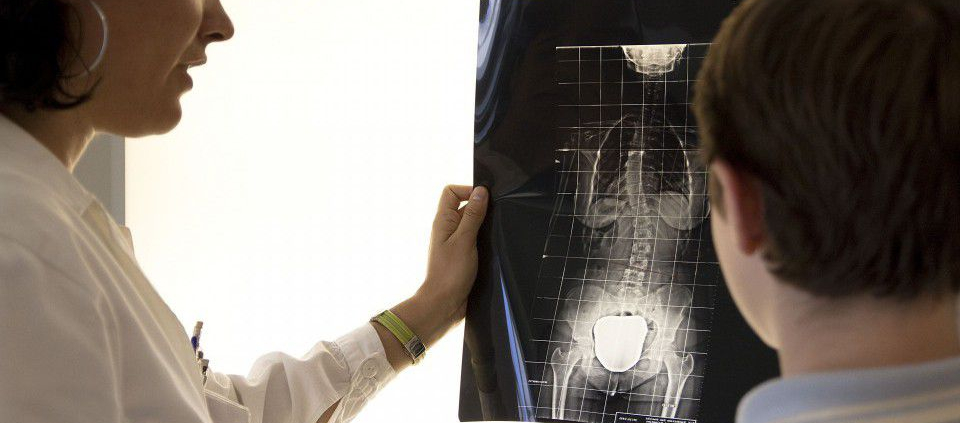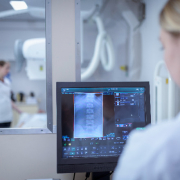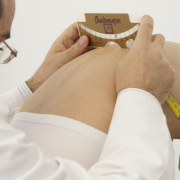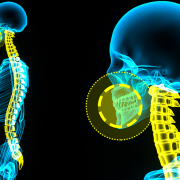Predicting scoliosis progression: published an Isico review
The scientific knowledge and the clinical competence of Isico experts recognized by Lancet’s EClinical Medicin Journal
One of the major challenges faced by clinicians is related to Idiopathic Scoliosis prognosis and to decision-making concerning which would be the best treatment for every single patient.
Precisely on this topic, it has just been published by Isico in the journal EClinical Medicine the commentary Predicting scoliosis progression: a challenge for researchers and clinicians. The editor invited to comment on the study “A validated composite model to predict the risk of curve progression in adolescent idiopathic scoliosis”, following the review of the same conducted by Dr. Donzelli for the journal.
Idiopathic scoliosis has a multifactorial aetiology showing a wide range of different forms: anatomical (single or multiple curves and different localization), aesthetical (milder curves with visible changes and severe hiding perfectly), and prognostical (from highly to non-progressive).
Experts use some known clinical risk factors, the most important being residual growth: the more it is, the more the risk.
“It has been shown that ending growth below 30° allows preventing progression, disability and pain in adulthood – explains dr. Sabrina Donzelli, physiatrist in Isico and author of the review – the study of these colleagues developed a predictive model of the progression of scoliosis beyond 40 degrees, combining both clinical data and data from genetic tests. The idea of combining clinical and genetic factors is interesting, but the results show that genetic testing does not play as significant a role as clinical data. The test of the accuracy of the model showed 80% of specificity and 92% of sensitivity, thus meaning that the model is good in discriminating patients at high risk for progression to 40°. According to the model, there is a 20% risk of overtreating patients with less aggressive IS. Is this enough? It depends on the treatment used to avoid progression”.
The study therefore conducted is undoubtedly interesting, but the researchers showed a fundamentally surgical approach without any reference to the preventive role of the worsening and surgical risk shown by conservative treatments. Therefore we have been invited to process a comment to associate with the publication.
We would like to remind you that the SOSORT Guidelines recommend that ” for each patient, it is mandatory to choose the correct step of treatment, where the most efficacious is also the most demanding.” Expert clinicians should always choose the option they think is the most likely to reach the goals agreed with the patient but also the less invasive in the attempt to balance between undertreatment (that leads to little or no efficacy) and overtreatment.
“The introduction of a composite model, including genetic factors, is the novelty of this study, but some clinical questions remain open – continues dr Sabrina Donzelli – The type and quality of treatment applied, the compliance to treatment and the dosage of brace-wear have not been included in the model, although they are recognised as determinants of final results”.From a clinical point of view, the 40° threshold is too low for surgery indication and too high for the best achievable result from patients’ perspective. Surgery is indicated for curves exceeding 50°.
“A prognostic model should help clinicians in their choices after risks estimation – finalises dr Sabrina Donzelli – the currently developed composite prediction model for progression over 40° showed that the major predictor is Cobb degrees at start. The fact that Cobb at start is the major predictor, confirms the key-role played by screening and conservative care: exercises and bracing to prevent progression should be started at early stages of the deformity when it is early diagnosed“.











Leave a Reply
Want to join the discussion?Feel free to contribute!